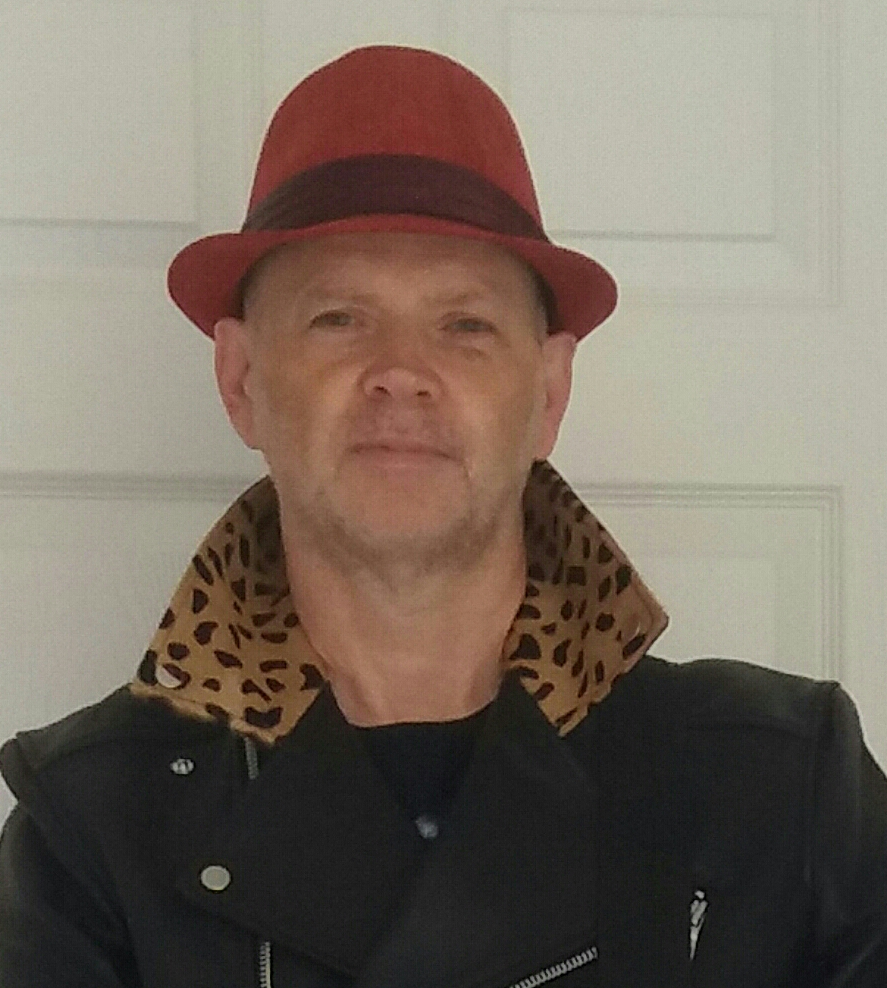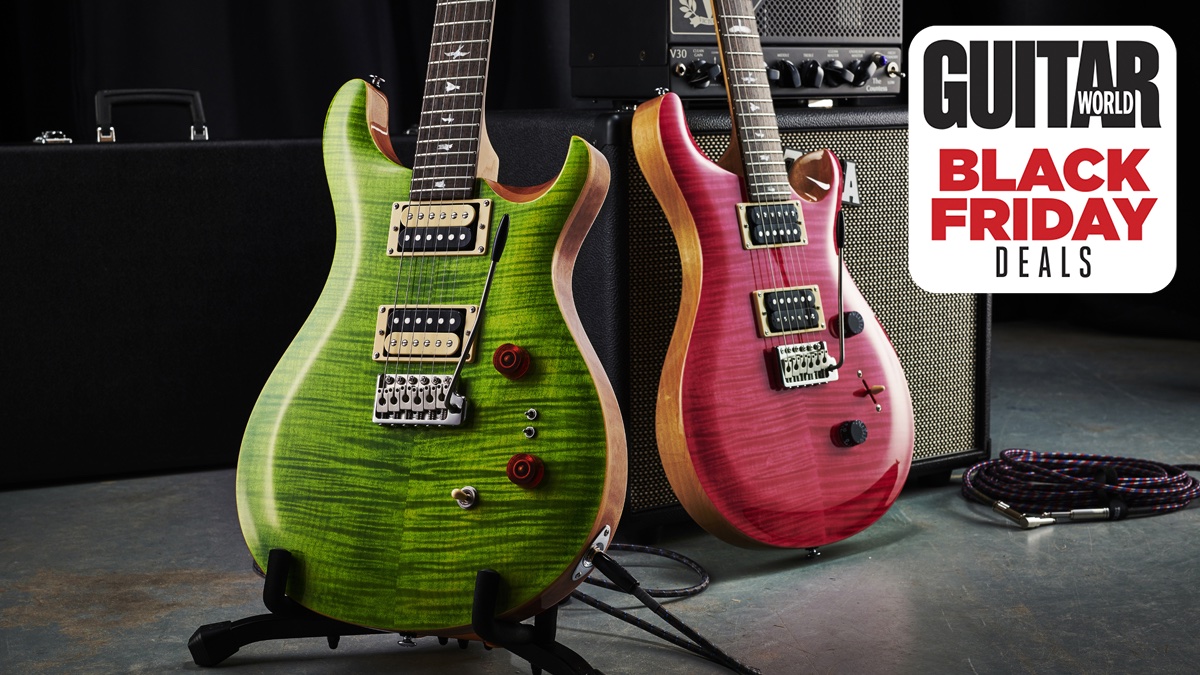“I sold it to Bob Rock for the same amount I paid for it. Just after that, the ‘Slash effect’ happened… he sold it for 15 times what he paid”: Billy Duffy on the Les Paul ’Burst he sold on the cheap – and why player-grade beats all-original every time
Think of Billy Duffy and it’s Gretsch White Falcons, Les Paul Customs or maybe an LP Junior. Here he explains why these three iconic six-strings have been the tools of his trade for over 40 years
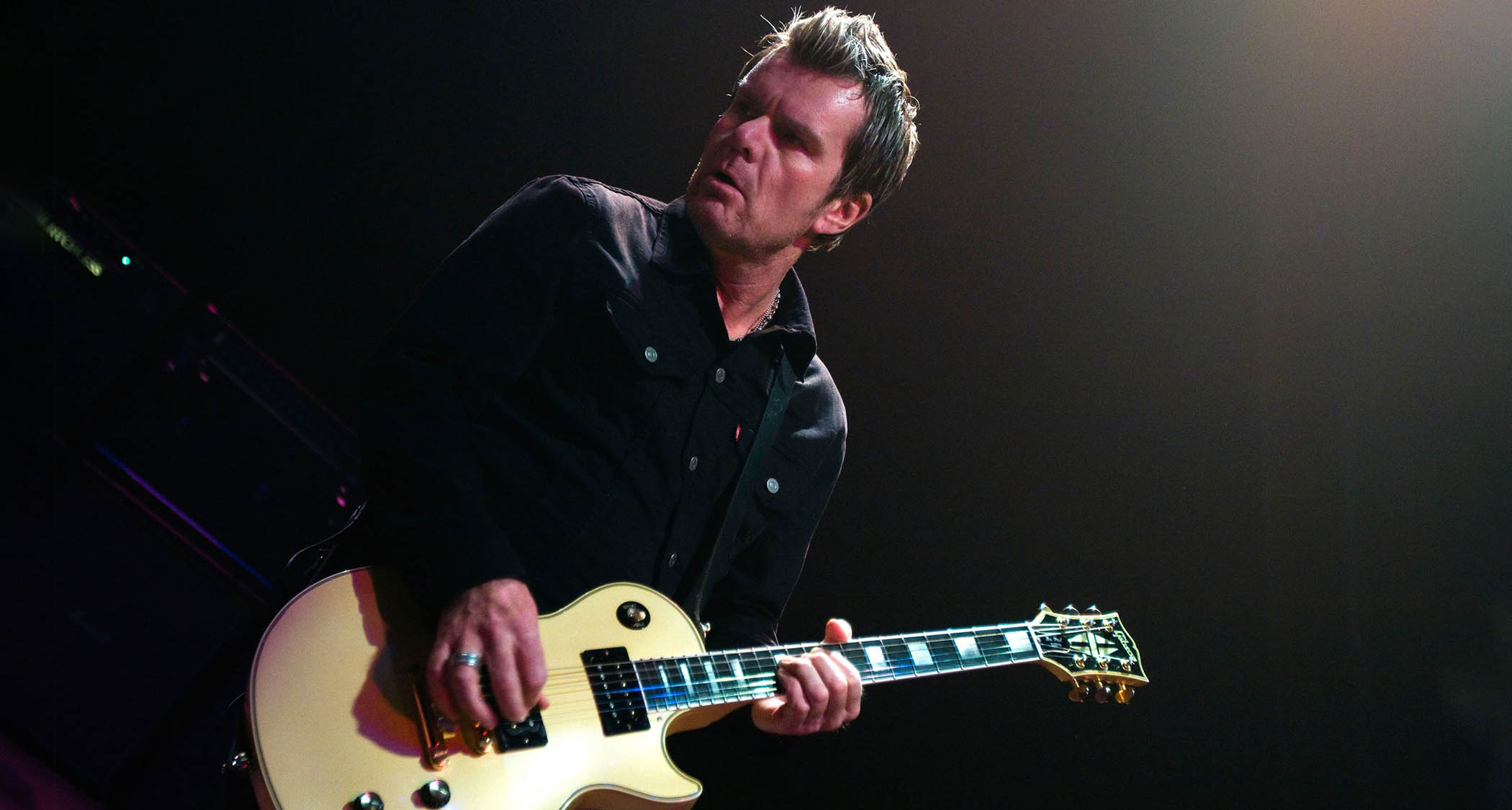
GW connected with Cult guitarist Billy Duffy as the band was about to head off to South America, where they’ve maintained a huge following for nearly 40 years.
For the band, 2025 isn’t only about touring their regular show, but also celebrating the 40th anniversary of their previous incarnation as Death Cult, with dates planned where they will focus on material that they haven’t played since 1985.
Duffy is excited to be able to revisit his distant back catalog. “It’s really energized the band,” he says. “It’s shaken things up, taken us out of our comfort zone, and also given me a fresh perspective on my own playing back then.”
Unlike many legacy rock acts, the Cult aren’t content to merely recycle their back catalog.
“There will be some new music coming, though whether that will be a full album is hard to say, given the economics of the music business.” One thing Duffy can state with confidence, though, is that these are the three guitars that he considers most significant as he looks back over his career.
Gibson Les Paul Junior
“I actually wanted the TV [Yellow] model as I was a huge Johnny Thunders fan. But they were really hard to get, so I had to settle for a double-cutaway in a cherry finish.
“I remember the first time I saw the New York Dolls on television, in 1973, on The Old Grey Whistle Test. Thunders wasn’t playing a Junior – I think it was a Vox Teardrop – but the TV Yellow Junior became synonymous with him after that.
All the latest guitar news, interviews, lessons, reviews, deals and more, direct to your inbox!
“Sylvain Sylvain, interestingly, was playing a single-cutaway White Falcon, so there’s a big part of my guitar journey right there on that clip. This wasn’t my first pro-level guitar; in 1979 I had a wine-colored, 1970s Ibanez Les Paul copy, which I got by devious means, which I won’t go into detail about. [Laughs]
“It was the time when people thought the Ibanez copies were better than Gibsons; it was a bad era for Gibson, I suppose. I parlayed the Ibanez into an actual white Gibson LP. There are pictures of me playing the Les Paul in a band I had called Lonesome No More. I played it through a Fender Twin. Of course, and coincidentally, that was the classic Steve Jones setup in the Sex Pistols.”
“I actually don’t remember how I got the Junior. I was always trading up to get better guitars – around the late ’70s/early ’80s I only really ever had one guitar at a time. It’s all a bit foggy, but I suspect I may have used the Les Paul to get the Junior. It was an original ’50s model.
“The Junior would’ve been totally stock, except the original tuners, which were rubbish. I only ever buy guitars that are players; I don’t need something to be totally authentic if it’s not functional. I do have a little of the approach where I treat them as work tools rather than sacred objects, though I understand the value of authenticity in the vintage market.
“But if the tuners are no good, the guitar is no good, so it had Grovers, which were an upgrade. This was the guitar I used to audition for Theatre of Hate, which leads neatly on to my next choice…”
Gretsch White Falcon double cutaway
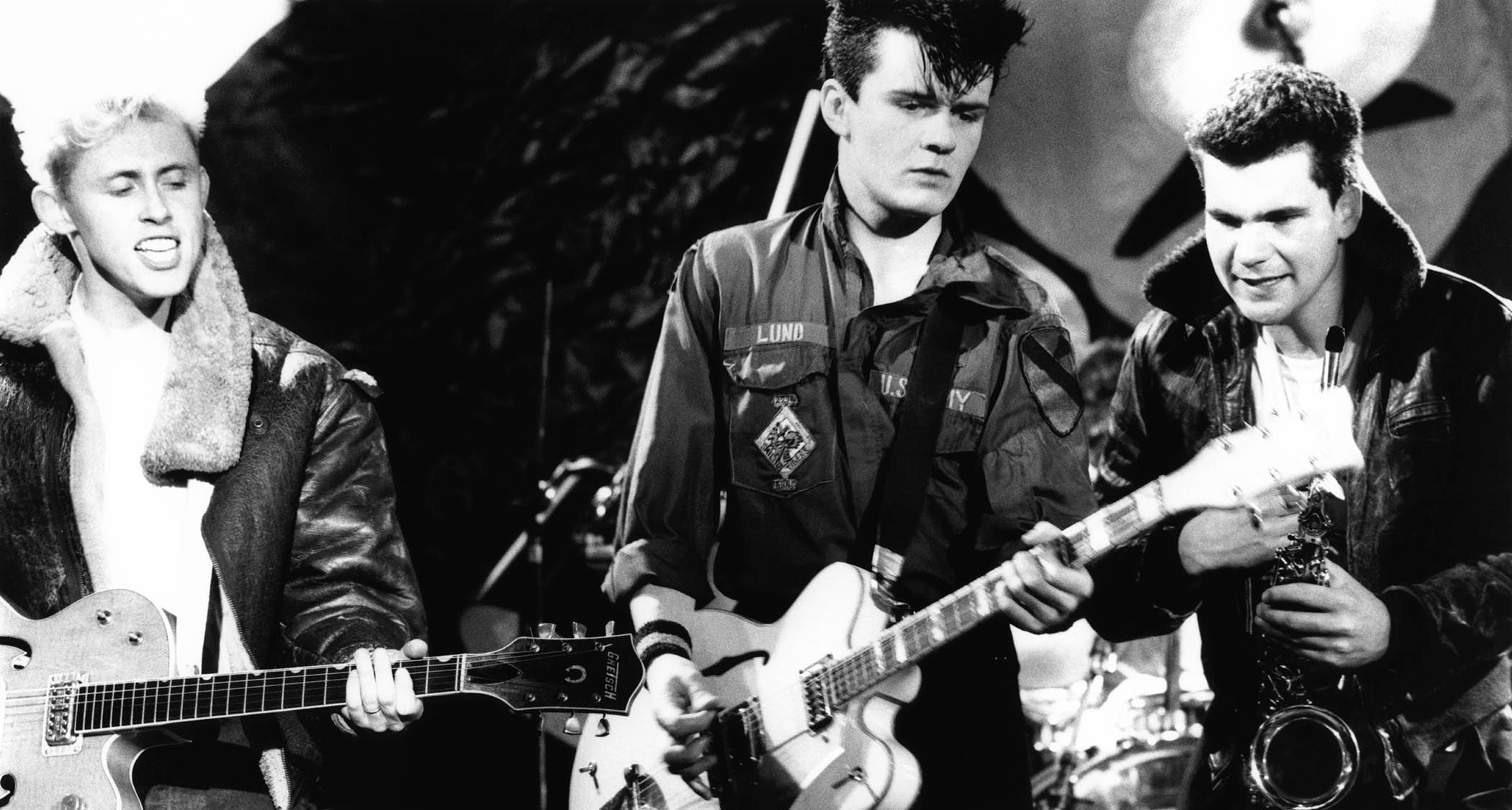
“I was looking to join a band who was on a higher level than the things I’d done in previous bands. Theatre of Hate were well established on the U.K. indie scene at that time. I’d never really done much extended touring, more of the weekend-warrior stuff – playing one-off-type shows but not an actual extended tour as such, and Theatre were a legit touring band.
“Boy George actually suggested that I approach Kirk [Brandon, vocalist/guitarist] to see if we could get something sorted out. When I auditioned, Kirk was already playing a green Gretsch Single Anniversary. When I first met him, he came around to my flat in London and I had a picture of a Gretsch on the wall and he remarked on it.
“I said if I got into a band where I could play full-time, I’d get a Gretsch White Falcon. I’d never seen a picture of Theatre or seen them live, though I knew a few of their songs, so I didn’t know he was a Gretsch player. I guess maybe he felt like it was meant to be or something.”
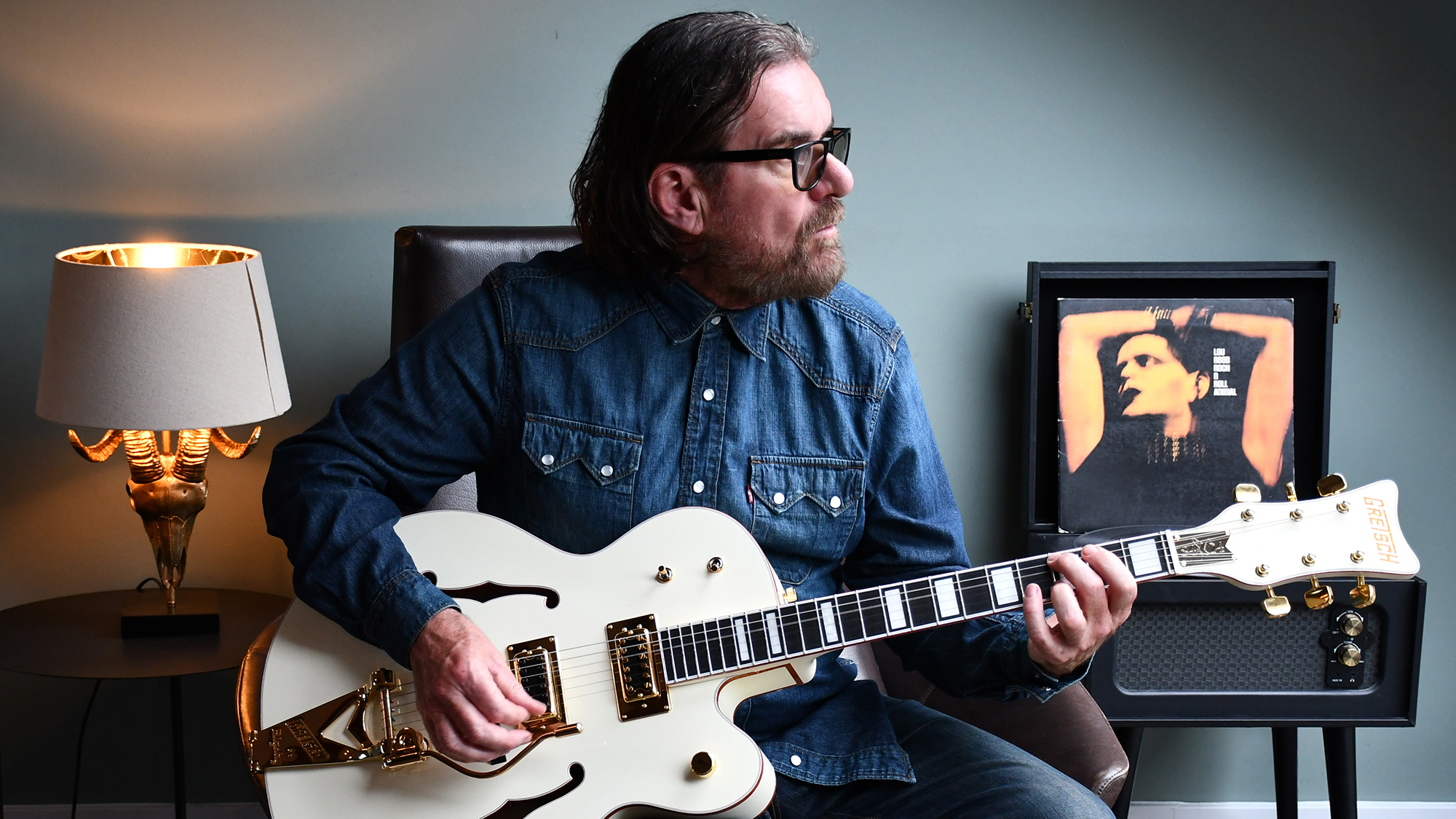
“As soon as I got the job in the band, I tried to find a Gretsch. I think I must have traded in the Junior. I bought it from Orange Music in London. In the late ’70s, there was very little demand in the U.K. for Gretsches; but once the Stray Cats broke through, that changed almost overnight. I suppose, post punk, everyone was looking for a new sound, exotic guitars and experimenting with sounds.
“I liked the Gretsch because it helped me to find my sound, plus it forces you to play in a different way from smaller guitars. Orange were importing second-hand Gretsches from America; you’d put your order in, but they couldn’t guarantee what model you’d get, so I started with a double-cutaway White Falcon, though I wanted a single-cutaway.
“Worse than that, though, was that it was one of those stereo models. It was actually a good guitar – a Baldwin-era model. I’d still happily play one, though I wouldn’t have a stereo one.”
Gibson Les Paul Custom
“I’d used a White Falcon exclusively in the Cult up to Electric [1987]. We’d recorded the album once, but we weren’t happy with it, so we re-recorded it in New York.
If you look at any videos from Fire Woman through to Ceremony, it’s always the wood-front Les Paul
“I used a couple of borrowed Les Pauls; there was no Gretsch on it at all. That made me decide to get a decent Les Paul. I got a 1979 Custom, and I decided I wanted to get the finish removed from the front.
“It was a tribute to Mick Ronson, one of my early guitar heroes. I saw Mick playing in Vancouver with Hunter Ronson, and I sadly didn’t take the chance to go backstage even though I was there with Bob Rock, who knew him.
“Just as the guitar was in the shop getting its refinish, it was decided that we needed to shoot the cover of Sonic Temple [1989], which has become a bit of an iconic photo. I actually borrowed the black Les Paul that’s on the cover. Incidentally, my first electric guitar was a black Les Paul copy by Columbus, which cost about $50. It wasn’t much good, but it looked the part, which was what mattered for your first guitar.
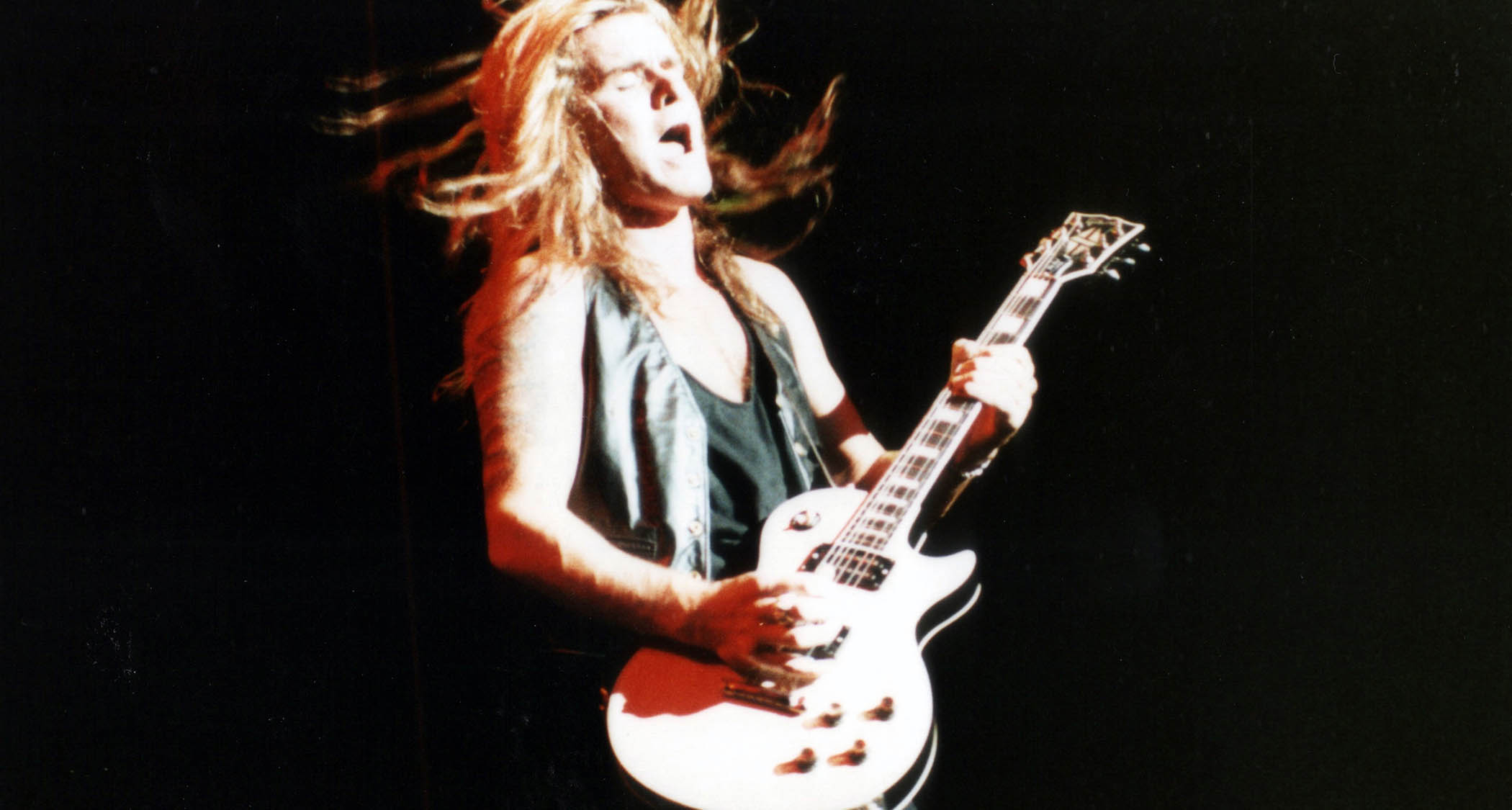
“The photo shoot was funny and a bit embarrassing; it looks like a live shot, but it was done in a photographer’s studio, where I had to go through my guitar-hero poses. I was being told, ‘You’ll need to move your arm about six inches to fit between “the” and “Cult” on the cover.’
“You do what you have to do for show business. [Laughs] The 'Woodie' Les Paul was my main guitar for a few years – if you look at any videos from Fire Woman through to Ceremony [1991], it’s always the wood-front Les Paul.
“My only real guitar regret was another Les Paul, but for financial rather than sentimental reasons. I’d bought a 1959 model that was all original, other than a refinish. It was expensive, but it didn’t feel right so I sold it to Bob Rock for the same amount I paid for it. Just after that, the ‘Slash effect’ happened; everybody wanted a Les Paul, and he sold it for about 15 times what he paid. It’s the stupidest thing I’ve ever done.”
- This article first appeared in Guitar World. Subscribe and save.
Mark is a freelance writer with particular expertise in the fields of ‘70s glam, punk, rockabilly and classic ‘50s rock and roll. He sings and plays guitar in his own musical project, Star Studded Sham, which has been described as sounding like the hits of T. Rex and Slade as played by Johnny Thunders. He had several indie hits with his band, Private Sector and has worked with a host of UK punk luminaries. Mark also presents themed radio shows for Generating Steam Heat. He has just completed his first novel, The Bulletproof Truth, and is currently working on the sequel.
You must confirm your public display name before commenting
Please logout and then login again, you will then be prompted to enter your display name.



